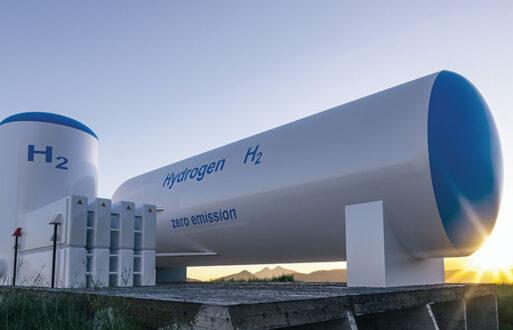Energy trading systems are specialized platforms and technologies that help utilities navigate the complexities of U.S. energy markets. Powered by comprehensive data sets and robust analytical tools, these systems provide the data-driven insights utilities need to enhance decision making, improve regulatory compliance, and support the integration of renewables into the power grid.
In this blog post, we’ll explore how utilities can leverage the key features and benefits of energy trading systems to improve operational efficiencies, optimize energy portfolios and risk management strategies, and streamline market participation.
6 Key Features and Benefits of Energy Trading Systems
1. Market access and participation
Energy trading systems automate and optimize the detailed front and back office workflows used by energy market participants, simplifying participation in day-ahead, real-time, and ancillary services markets. They help utilities manage and optimize energy portfolios, including generation assets, contracts, and trading positions, speed up the exchange of data with the ISO, and offer modeling capabilities that support near real-time decision making, forecasting, and long-range planning.
2. Risk management
Energy trading systems help market participants identify, measure, mitigate, and manage the financial risks associated with energy trading. They typically include a robust energy trading risk and risk management (ETRM) solution that helps utilities understand the value of their portfolio, model assets holistically, and set granular trade controls — all of which provide support on market risk positions and risk compliance.
3. Advanced analytics and forecasting
Energy trading systems automate the collection of real-time market data, including price, supply and demand conditions, and energy flows. As a result, utilities can make quick adjustments to trading strategies and operational decisions based on a complete view of current market conditions.
They also integrate historical data, improving near-term and long-term forecasts around energy demand, prices, and supply conditions.
4. Trading and settlements
Energy trading systems automate trading activities, leveraging data to optimize strategies around day-ahead and real-time bids as well as speeding up the submission of those bids and offers.
Settlement processes are also streamlined with these energy trading platforms, as the platforms can generate pre-settlements and shadow validation of ISO statements and invoices, quickly identifying discrepancies and disputing ISO settlements.
5. Regulatory compliance
Energy trading systems are designed to incorporate and adhere to market regulations, environmental standards, and financial reporting regulations established by the Federal Energy Regulatory Commission (FERC) and other regulatory bodies. They automate reporting and documentation and uphold transparency in trading activities, ensuring the utility avoids non-compliance penalties.
6. Integration of renewables
Energy trading systems maximize the use of clean energy resources, such as wind and solar, by optimizing the dispatch of those renewables. The systems also optimize the dispatch of energy storage devices, which are often paired with renewables to mitigate their inherent intermittency issues. As a result, the trading systems can be leveraged to accelerate the integration of renewables into the grid while minimizing costs and ensuring stable grid operations.
Optimize your market participation with PCI Energy Solutions
Explore how PCI’s unified energy trading platform can enhance your utility’s decision-making and optimize your market participation. Contact us to learn more.







